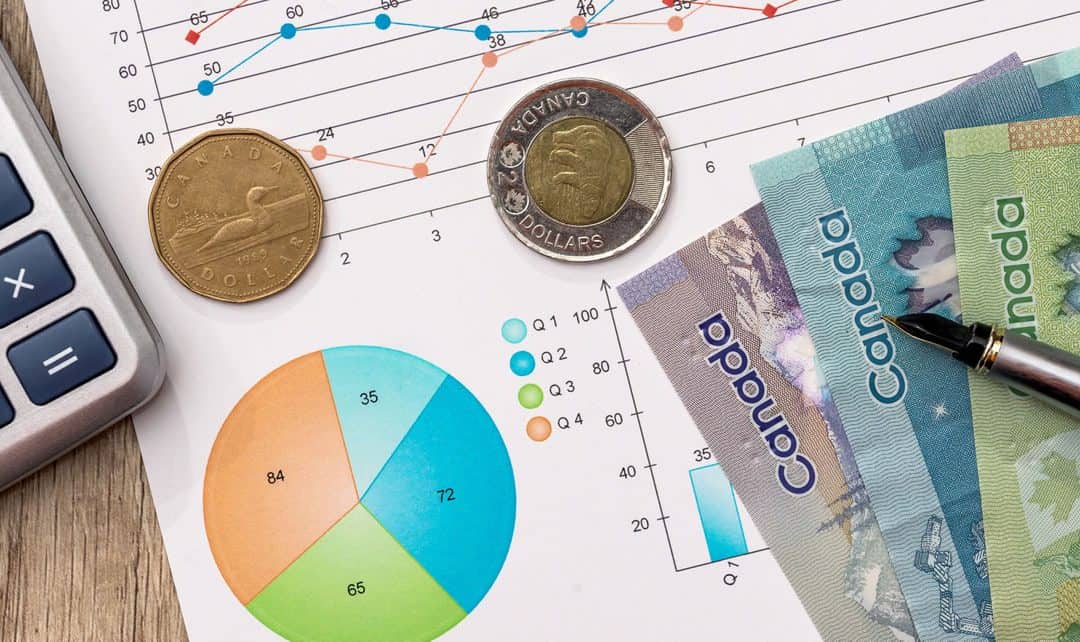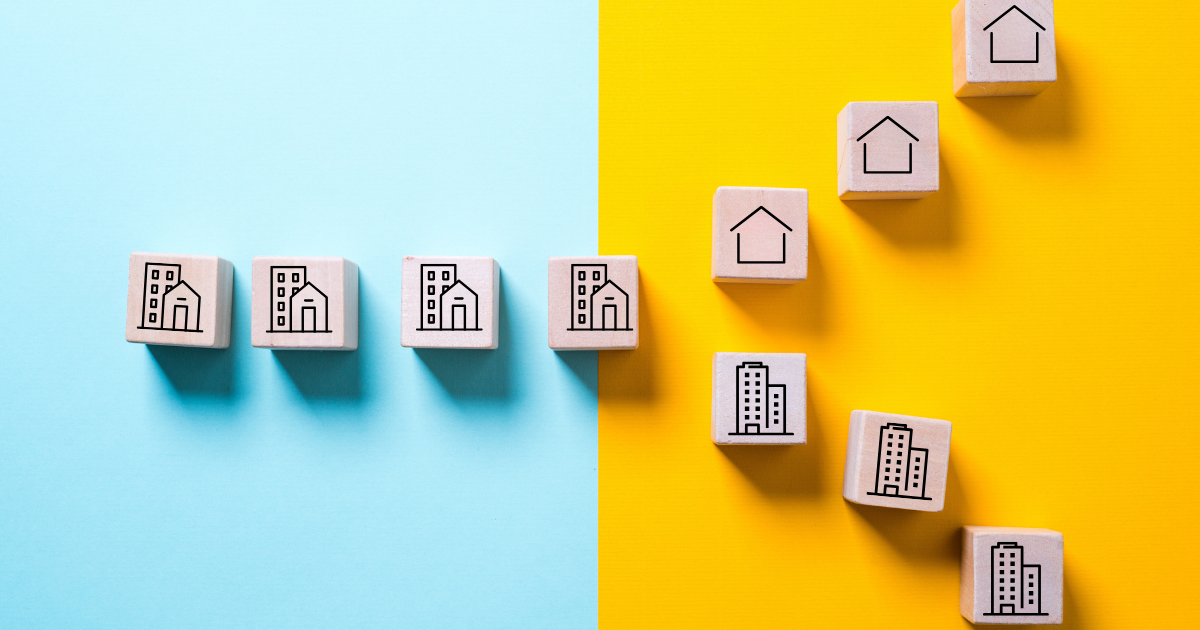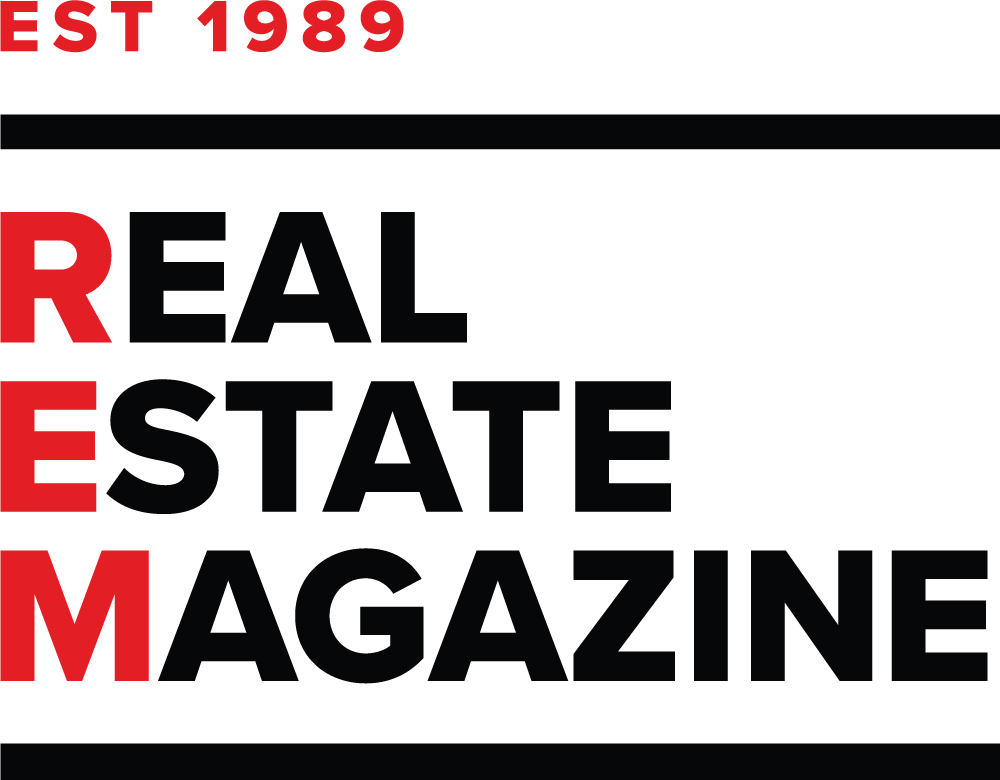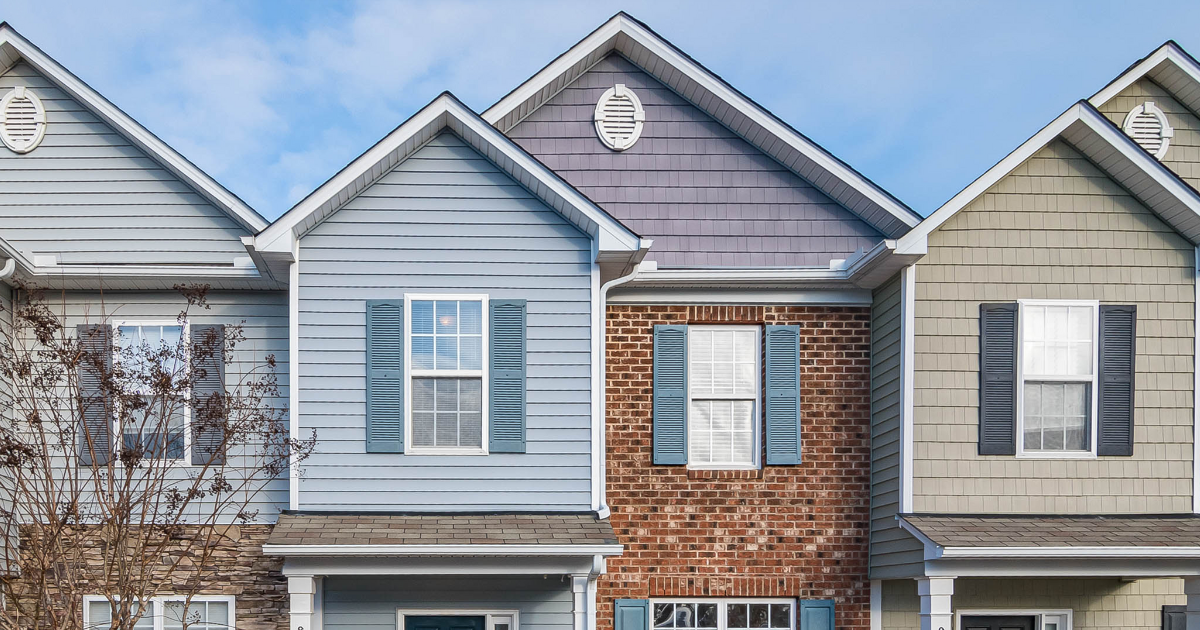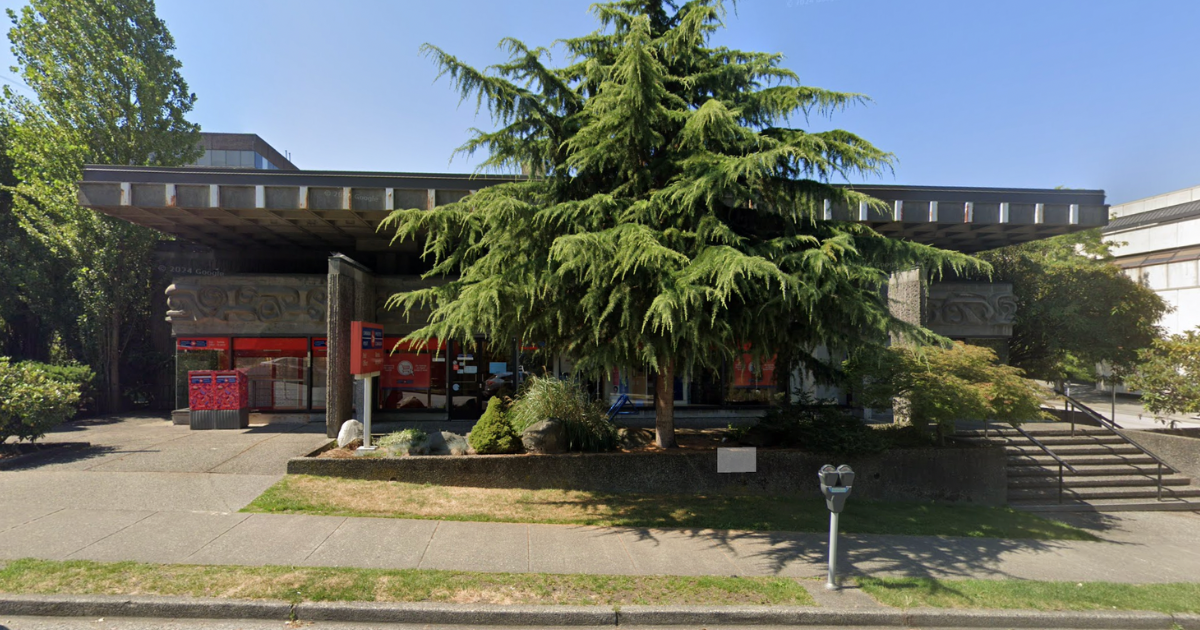Compared to 10 years ago, buying or renting a home has become more of a challenge in both Canada and the United States. But a report by Point2Homes says it’s now much tougher for Canadians.
It says the average Canadian has to spend 56 per cent more to buy a home, or 25 per cent more to rent one compared to 10 years ago, but the median wage in Canada only went up 15 per cent. The average home price in the U.S. increased at a much slower rate (24 per cent), while the median income went up by 18 per cent.
The report says that since 2008, the Canadian dollar lost approximately 25 per cent of its power compared to the American dollar, going from almost parity to a much lower exchange rate. The affordability crisis worsened in Canada, where the housing market went from “seriously unaffordable” to “severely unaffordable”, but the American housing market remained in the “seriously unaffordable” category, says the report.
In 2008, the U.S. housing bubble burst. Canada has not yet seen a major decline in home prices, but the Canadian economy experienced its own share of turbulence following the oil price crash from 2014 and the burst of China’s speculative bubble, says Point2Homes.
“And now, 10 years after the housing crisis that destabilized the U.S., some analysts claim that Canada faces a similar scenario if it stays the course,” says author Andra Hopulele.
Due to a 56 per cent jump since 2008, Canada’s average home price went from $304,663 to $475,591 in just 10 years.
The U.S. market’s increases have been more contained: after a 24 per cent increase, the average home price went from $245,200 USD in 2008 to $303,200 USD in 2018.
Renting has been on the rise in both Canada and the U.S. in the past decade, says the report, and so has the average rent in both countries. In Canada, the average amount went up 25 per cent in 10 years, and the U.S. had a similar trajectory, posting a 23 per cent increase since 2008.










